The Prinzhorn Collection
A collection of artworks exclusively created by the mentally ill that was almost burned by Nazi culture police.
Located in a university psychiatric clinic, the Prinzhorn Collection is devoted to collecting art that acted like windows into the psyche of its mentally ill patients.
The collection is named after art historian Hans Prinzhorn who was educated in medical science during World War I and sought to merge his two disciplines after the war. After joining the University of Heidelberg Psychiatric Clinic in 1919, Prinzhorn was tasked with expanding the arts program that had been established among the patients. Under Prinzhorn’s direction the collection of artworks from sufferers of everything from schizophrenia to depression grew to over 5,000 pieces from over 450 patients.
Prinzhorn published a book in 1922 which analyzed the works and their relation to the creators’ psychosis, and while the art world heralded the publication as a smash hit and the psychiatric community found it wanting, the harshest critics of the work were yet to come.
As the Nazis took power prior to World War II, one of their programs of nationalistic cleansing involved eliminating all art that could be considered “un-German.” This included all art that did not promote Aryan ideals, and certainly included the abstractly therapeutic works Prinzhorn and his colleagues had collected. Luckily the huge collection of work was hidden in university storage and escaped the fires of censorship.
Today the collection is still on display in the University of Heidelberg Psychiatric Clinic and has been expanded with works from similar programs across the globe. Paintings, wooden sculptures, collages, and sketches from mentally ill patients are now on permanent display giving a creative voice to decades of an otherwise creatively confined group.
Know Before You Go
Tickets are eight euro.

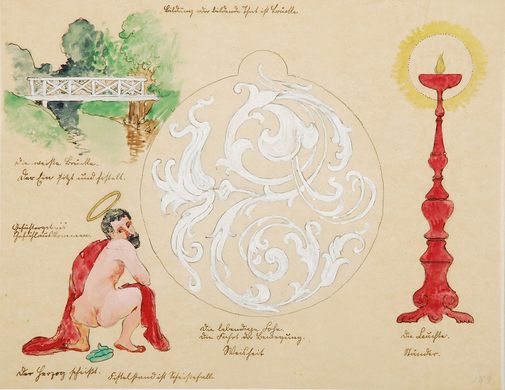
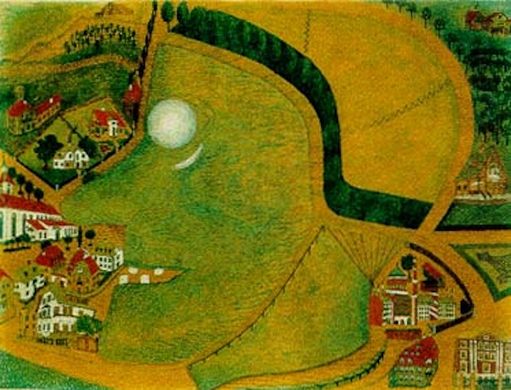

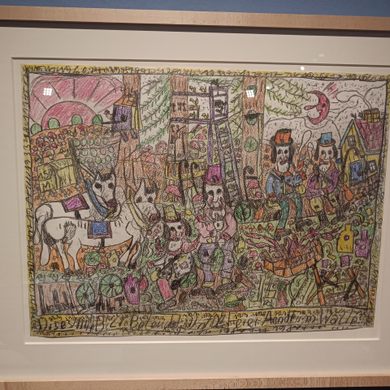
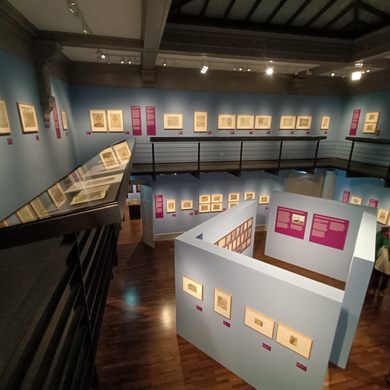
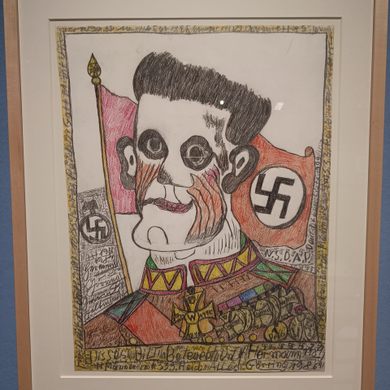









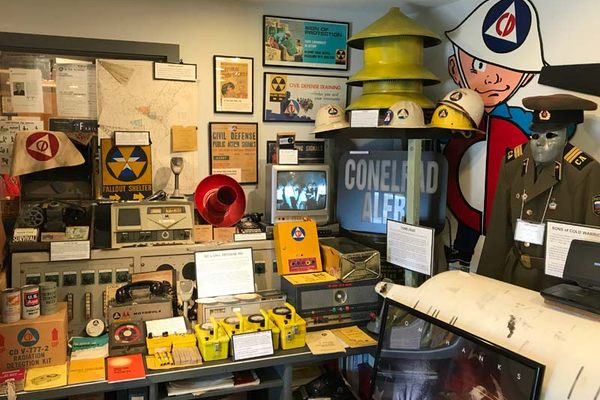

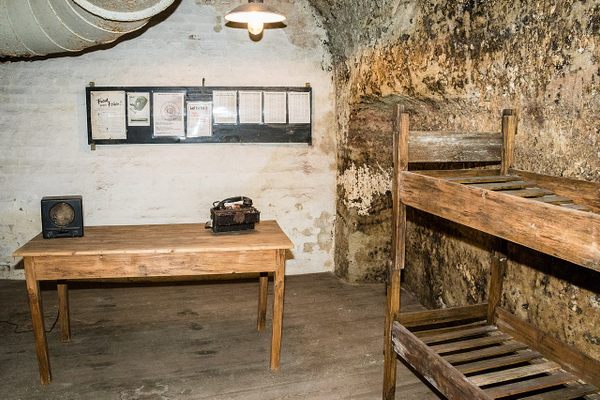

Follow us on Twitter to get the latest on the world's hidden wonders.
Like us on Facebook to get the latest on the world's hidden wonders.
Follow us on Twitter Like us on Facebook